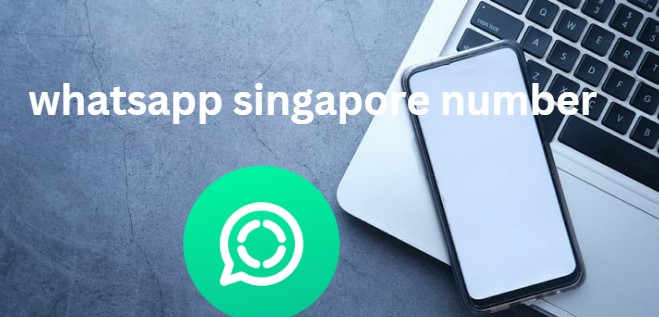This guide will look at how to create a powerful conversion funnel. I will explain some of the key things you need to consider when creating a funnel. To make sure we are on the same page on everything, I will start this guide with a definition of a conversion funnel.
What is a conversion funnel?
A conversion funnel is a map of the buyer’s journey from whatsapp singapore number awareness to conversion to nurturing. The funnel is a metaphor for the incremental reduction in the number of potential customers as they move through the conversion journey.
The funnel illustrates that the number of people who visit your website is greater than the number who interact with your brand and become customers .
Source: Code95
Source: Code95
Additionally, the funnel reflects that people who encounter your business have different levels of understanding of your company. At the top of the funnel, you have people who have never heard of your business before. At the bottom of the funnel, you have your superfans.
Activities at the top of your marketing funnel focus on building brand awareness among your target audience. Marketing activities highlight your products and services, demonstrate your professional competence, and build trust.
People at the top of your funnel aren't ready to buy yet—they're just getting to know you.
Middle-of-funnel marketing activities focus on turning your general audience into leads and nurturing them toward conversion. Content strategies highlight the benefits of your products and services while differentiating your brand from the competition.
Case studies and reviews establish your brand credibility.
Marketing activities at the bottom of the funnel focus on converting leads into customers. Strategies here focus on motivating your audience to take action – your potential customers need to believe that your product or service best fits their needs.
The bottom of your funnel likely includes some offer.

Engaging in bottom-of-funnel activities doesn’t end with a conversion. It extends to turning the customer into a repeat buyer and brand advocate.
Creating a conversion funnel is simply the process of creating an automated mechanism to convert leads into customers. Sounds daunting? Well, it’s not.
When you break it down piece by piece, it's not. Let's look at each component of a conversion funnel separately and see how to put the pieces together.
1. Map out the ideal buyer's journey
The buyer’s journey describes how a person researches a problem or interest, conducts analysis, and then purchases a solution. Considering the consumer journey will help you identify the type of content you need to create for each stage of the journey.
Source: Medium
Source: Median
The following five stages make up the buyer's journey:
Awareness: A person in the awareness stage is looking for options to solve their problem or researching their interest, and the brand is creating awareness as a solution provider.
Consideration: The individual grasps the problem and begins to consider possible solutions. Make your brand stand out from the competition, to attract new potential customers.
Action: The person has a strategy in place and compiles a short list of suppliers to make a purchase from. The goal is to narrow down the number of options on the list and make a purchase.
Engagement: Keep your audience engaged through social media even after they’ve made a purchase. Use customer service to build engagement and turn them into repeat customers.
Advocacy: Build trust with your customers so they want to recommend and promote your brand. Turn your customers into brand advocates.
Consider how your potential customers interact with your business and map out those stages. You can use tools like Google Analytics, your CRM, or other data sources to gain insights into how existing customers interact with your business. Identifying existing touchpoints will help you understand the customer journey and your content gaps .
Any touchpoint between a business and a potential customer or client is a marketing touchpoint. It may be worth conducting customer interviews to gain additional insights.
2. Set up conversion goals
An effective buyer journey requires you to set well-defined milestones and goals. You can set conversion goals throughout the customer journey. If your website is the primary marketing channel for your business, I recommend monitoring conversions throughout your entire funnel.
There are several ways to set up conversion goals. For example, you can track conversions from your blog to your email list for premium content. Once they are on your email list, you can measure the CTR on your site.
At the bottom of the funnel, you can measure sales. You can use goals and funnels to monitor micro-conversions, such as filling out a contact form or visiting particular pages that show interest.
You can use a variety of tools to track conversions. For example, you could use Poptin to track conversions on your email list. You can also use Google Analytics, for example, to track conversions on your site.
Setting up conversion goals in Google Analytics is easy. Log in to Google Analytics and go to the Admin Settings tab. Once you've chosen the View you want to work with, press "Goals."
In the top left corner, click "New Destination."